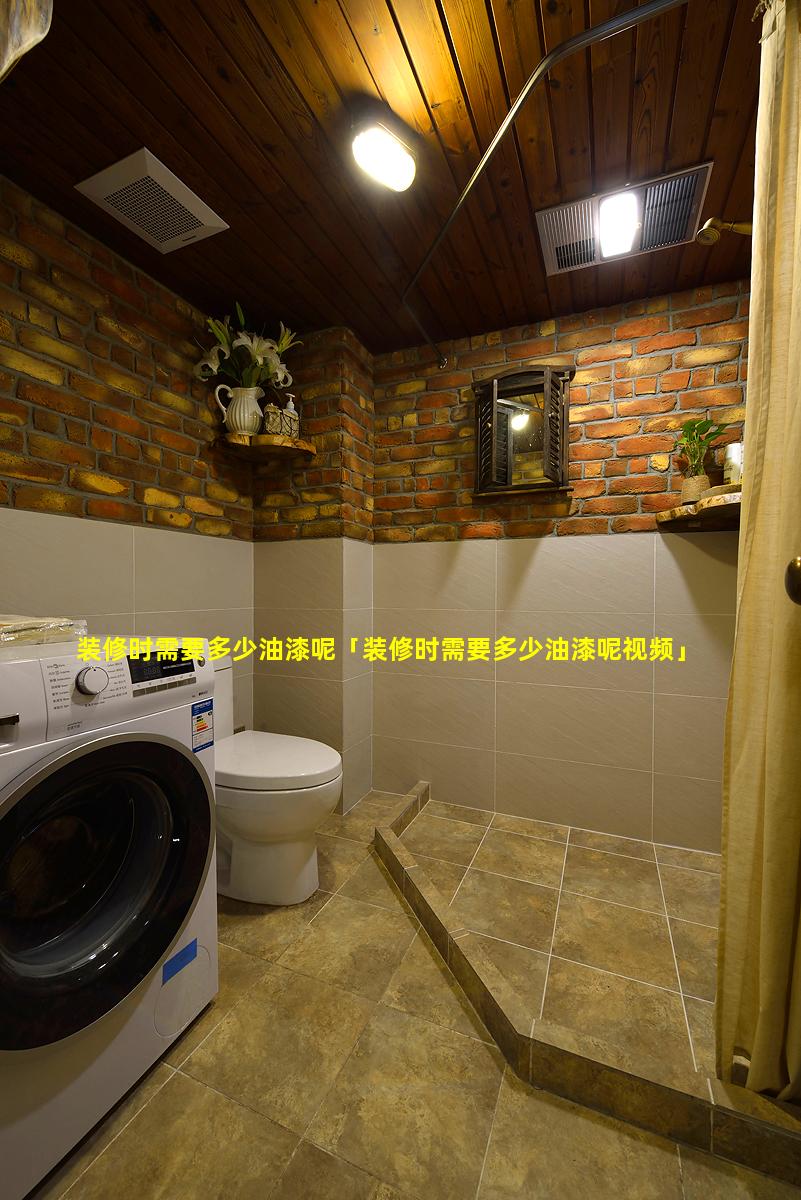1、装修刷油漆游戏怎么玩呢
装修刷油漆游戏玩法:
目标:粉刷房间,使其成为一个完美的居住空间。
步骤:1. 选择颜色:从调色板中选择您喜欢的油漆颜色。
2. 准备房间:清除房间内的家具和其他物品。遮盖地板和家具,以防止油漆飞溅。
3. 准备墙面:用砂纸打磨墙面,清除松散的油漆或灰尘。用填缝剂填补任何裂缝或孔洞。
4. 打底:在墙面上涂抹一层底漆,以提高油漆附着力。
5. 涂漆:使用油漆刷或滚筒涂抹油漆。沿一个方向施刷,平滑均匀地覆盖墙面。
6. 涂第二层漆:在第一层漆干燥后,涂抹第二层漆。这将确保覆盖均匀并获得所需的色泽。
7. 清理:用肥皂水清洁油漆工具。立即清理任何飞溅或污渍。
8. 装饰:一旦油漆干燥,您可以添加家具、地毯和其他装饰元素,打造您的理想居所。
提示:使用优质油漆和工具,以获得最佳效果。
在开始粉刷之前,始终进行小面积测试。
在通风良好的区域工作,并佩戴口罩和手套。
遵循油漆罐上的说明,确保正确的应用时间和晾干时间。
耐心并注意细节,以获得令人满意的结果。
2、装修刷油漆有几个步骤
刷油漆步骤:
1. 准备工作
移除家具和覆盖物。
用抹布和清洁剂清洁墙壁。
修补墙壁上的孔或裂缝。
用砂纸打磨墙壁表面。
用底漆涂刷墙壁,以提高附着力。
2. 遮盖区域
用胶带遮盖不需要刷漆的区域,如踢脚线、门框和开关插座。
铺设帆布或塑料布保护地板和家具。
3. 准备油漆
根据需要搅拌油漆。
将油漆倒入油漆托盘。
4. 刷漆以“W”或“M”形图案刷漆,从边缘开始。
使用均匀的压力,避免过量涂刷。
让第一层油漆完全干燥。
5. 打磨和第二次涂层
用细砂纸打磨第一层油漆,以获得光滑的表面。
涂抹第二层油漆,并使用与第一层相同的技术。
6. 清理移除胶带和覆盖物。
用肥皂水清洁刷子、托盘和工具。
妥善处理油漆罐头和剩余油漆。
附加步骤(可选):
打底:在刷漆前涂抹打底漆,以填补孔隙并创造均匀的表面。
封涂:刷完油漆后涂抹封涂层,以保护油漆免受磨损和损坏。
滚刷:对于较大面积,可以使用滚刷进行油漆。
喷漆:对于难以触及的区域,可以使用喷漆。

3、刷油漆的游戏叫什么
涂鸦4、刷油漆装修效果图
The evolution of the devil's image in corporate identities and religious beliefs is different in several ways:
Religious Beliefs:
Medieval Period: The devil was depicted as a horned and tailed creature representing evil and punishment for sin.
Renaissance Era: A more humanlike devil emerged, often with a seductive and cunning personality.
Modern Era: The devil's image became less menacing and more symbolic, representing temptation, doubt, and the shadow side of human nature.
Corporate Identities:
Early 20th Century: The devil figure was used to portray rebelliousness and nonconformity, often in opposition to societal norms.
Mid20th Century: The devil became a symbol of individuality and a challenge to authority.
Late 20th Century to Present: The devil's image has evolved into a more playful and ironic representation, often used to convey a sense of humor or subversiveness.
Key Differences:
Origin: The religious devil emerged from theological concepts, while the corporate devil originated from countercultural and antiestablishment movements.
Purpose: In religious beliefs, the devil represents the embodiment of evil and temptation, while in corporate identities, it symbolizes rebellion and individuality.
Evolution: The religious devil's image evolved towards a more nuanced and symbolic representation, while the corporate devil's image has remained more playful and subversive.
Target Audience: Religious beliefs portray the devil as an external entity that must be resisted, while corporate identities use it to appeal to consumers who identify with rebellion and nonconformity.
In summary, while the devil figure has similar symbolic elements in both religious beliefs and corporate identities, its evolution and usage are distinct, reflecting the different contexts and purposes of representation.



